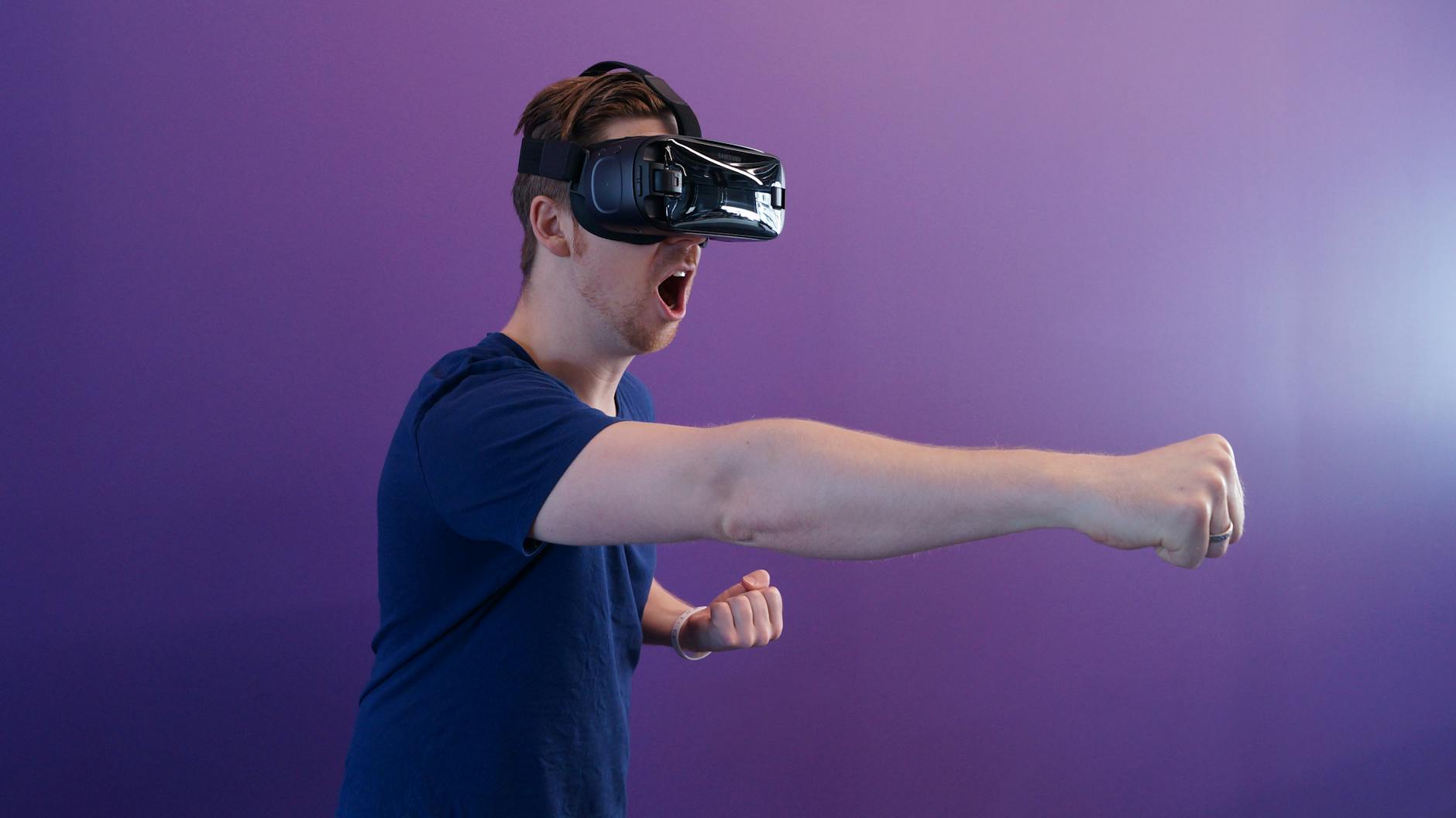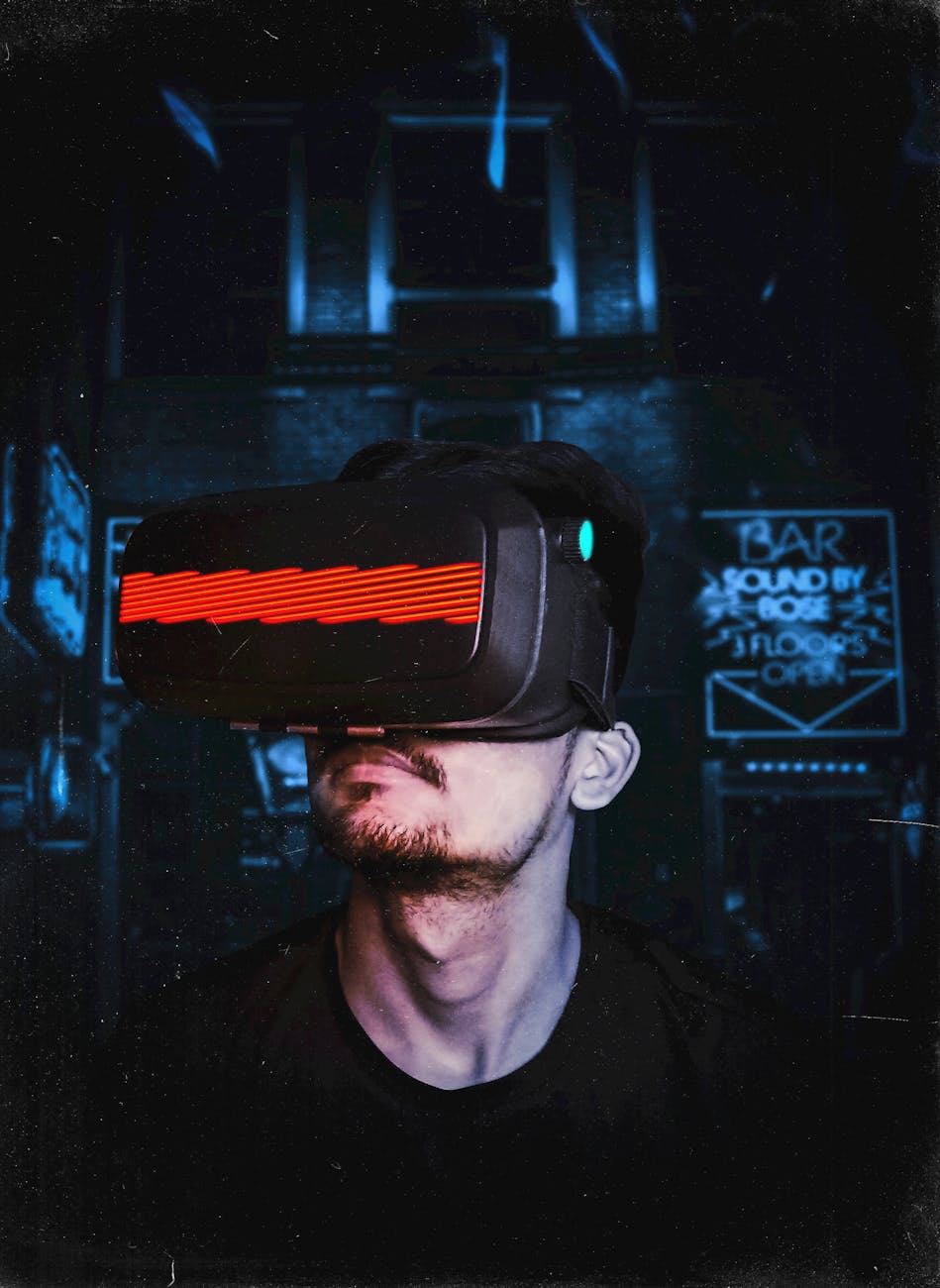The landscape of virtual reality gaming is on the cusp of an extraordinary transformation as we approach 2025. What was once a niche technology, often associated with bulky gear and limited experiences, is now evolving into a mainstream entertainment powerhouse. With relentless innovation driving advancements in display technology, tracking precision, and processing power, the immersion offered by VR headsets is reaching unprecedented levels. This article delves into the cutting-edge devices poised to redefine interactive entertainment, exploring the top VR headsets expected to unleash truly immersive gaming experiences by 2025. Prepare to discover how these technological marvels are not just enhancing gameplay, but fundamentally changing how we interact with digital worlds, promising adventures that feel incredibly real and deeply engaging.
The evolution of VR gaming technology
The journey of virtual reality has been marked by significant milestones, evolving from rudimentary head-mounted displays to sophisticated systems that transport users into compelling digital realms. In 2025, this evolution culminates in headsets that are dramatically lighter, more comfortable, and visually stunning than their predecessors. Key to this advancement are high-resolution OLED and Micro-LED displays, offering pixel densities that virtually eliminate the “screen-door effect” and deliver vibrant colors with deep blacks. Coupled with wider fields of view, these displays create a sense of presence that was once unimaginable. Furthermore, advancements in inside-out tracking, often augmented by sophisticated computer vision and AI, have liberated users from external base stations, allowing for seamless room-scale experiences with unparalleled accuracy. Haptic feedback mechanisms, ranging from nuanced controller vibrations to full-body suits, are also becoming more integrated, adding a tangible layer to virtual interactions. The relentless miniaturization of powerful processors means many top-tier experiences can now be enjoyed on standalone devices, democratizing high-fidelity VR without the need for an expensive gaming PC.


Key features defining 2025’s elite headsets
As we look to 2025, several critical features will distinguish the leading VR headsets, elevating immersive gaming to new heights. Resolution and refresh rate remain paramount, with top contenders pushing towards 4K per eye or even higher, paired with refresh rates of 120Hz or more for silky-smooth visuals that reduce motion sickness. Field of view (FOV) is another vital metric, expanding beyond the current ~110 degrees to provide a more natural peripheral vision, further dissolving the barrier between the player and the virtual world. Advanced tracking capabilities, including precise hand tracking, full-body tracking, and sophisticated eye-tracking, will enable more intuitive interactions and dynamic foveated rendering, optimizing graphical fidelity where the user is looking. Comfort and ergonomics are no longer afterthoughts; headsets are designed for extended play sessions, featuring balanced weight distribution, adjustable straps, and breathable materials. Finally, wireless connectivity for PC VR streaming and standalone operation is becoming standard, offering unparalleled freedom of movement and removing the tether that once anchored players to their systems. These features collectively contribute to a truly seamless and deeply engaging virtual experience.
Top contenders: A deep dive into 2025’s leading VR headsets
By 2025, the market for high-end VR headsets will feature a strong lineup, each vying for the top spot by offering unique advantages to different segments of the gaming community. We anticipate a continued split between ultra-premium PC-tethered systems that push graphical fidelity to its absolute limit, and advanced standalone units that prioritize accessibility and freedom. Here’s a look at the types of devices we expect to dominate:
- The ultra-fidelity enthusiast (e.g., Valve Index 2/Pimax Crystal 2): These headsets will cater to those with high-end gaming PCs, offering unparalleled visual clarity (8K combined resolution or higher), extremely wide FOV (130 degrees+), and advanced haptic integration. They will likely feature external tracking for pinpoint accuracy and potentially modular upgrades.
- The advanced standalone innovator (e.g., Meta Quest Pro 2/Sony PlayStation VR3): Targeting a broader audience, these devices will offer remarkable performance without external hardware. Expect 4K per eye, robust inside-out tracking, sophisticated pass-through mixed reality capabilities, and a focus on comfort for extended use. Integration with existing gaming ecosystems will be a major draw.
- The hybrid power player (e.g., Apple Vision Pro 2/Magic Leap 3): While often geared towards productivity, these devices will also present a formidable option for gaming, blending VR with augmented reality seamlessly. High-resolution displays, advanced eye and hand tracking, and powerful on-board processors will enable new forms of interactive entertainment that blur the lines between digital and physical spaces.
To illustrate the anticipated advancements, consider this hypothetical comparison:
| Feature | Ultra-Fidelity PC VR (Projected) | Advanced Standalone (Projected) | Hybrid AR/VR (Projected) |
|---|---|---|---|
| Resolution (per eye) | ~4320×2160 | ~2880×2880 | ~3840×2160 |
| Refresh Rate | 144Hz – 180Hz | 90Hz – 120Hz | 90Hz – 100Hz |
| Field of View | ~135-150 degrees | ~110-120 degrees | ~100-105 degrees |
| Tracking | External (Lighthouse), Eye-tracking, Hand-tracking | Inside-out, Eye-tracking, Hand-tracking | Inside-out, Eye-tracking, Hand-tracking |
| Connectivity | Wired (DisplayPort/USB-C), Wireless PC streaming | Standalone, Wi-Fi 6E/7 | Standalone, Wi-Fi 6E/7 |
The future of immersive gaming: Beyond the hardware
While the hardware advancements are undeniably exciting, the true revolution in 2025’s VR gaming will stem from what these powerful headsets unlock in terms of experiences. Developers, no longer constrained by previous hardware limitations, are poised to create games with unprecedented scale, detail, and interactivity. Imagine vast open-world VR environments where every object can be physically manipulated, or narrative-driven games where AI-powered NPCs respond dynamically to your gaze and gestures. Eye-tracking will enable more personalized experiences, from foveated rendering that optimizes performance to subtle character interactions based on where you look. Haptic feedback will move beyond simple rumble, offering nuanced sensations that convey texture, weight, and impact. Furthermore, the growth of social VR platforms will see virtual spaces become richer and more persistent, fostering community and enabling new forms of multiplayer interaction that transcend traditional screens. Esports in VR will gain traction, with virtual arenas and dynamic spectatorship features. Ultimately, the future of immersive gaming in 2025 is not just about better graphics, but about deeper emotional connections, richer narratives, and a fundamental shift in how we play and interact within digital worlds, making the line between reality and simulation increasingly blurred.

The year 2025 stands as a pivotal moment for virtual reality gaming, marking a significant leap in immersive technology and player experiences. We’ve explored how relentless innovation in display technology, tracking accuracy, and processing power is culminating in headsets that are not only more comfortable and visually stunning but also incredibly intuitive to use. From the razor-sharp resolutions and expansive fields of view to sophisticated eye and hand tracking, the top VR headsets of 2025 are engineered to obliterate the barriers between player and virtual world. These advancements are not merely incremental; they represent a fundamental shift, enabling developers to craft games with unparalleled depth, interactivity, and emotional resonance. As these devices become more accessible and capable, they promise to unlock a new era of gaming that transcends traditional screens, inviting us into truly personalized and deeply engaging digital adventures. The future of gaming is here, and it’s more immersive than ever before.











Leave a Reply